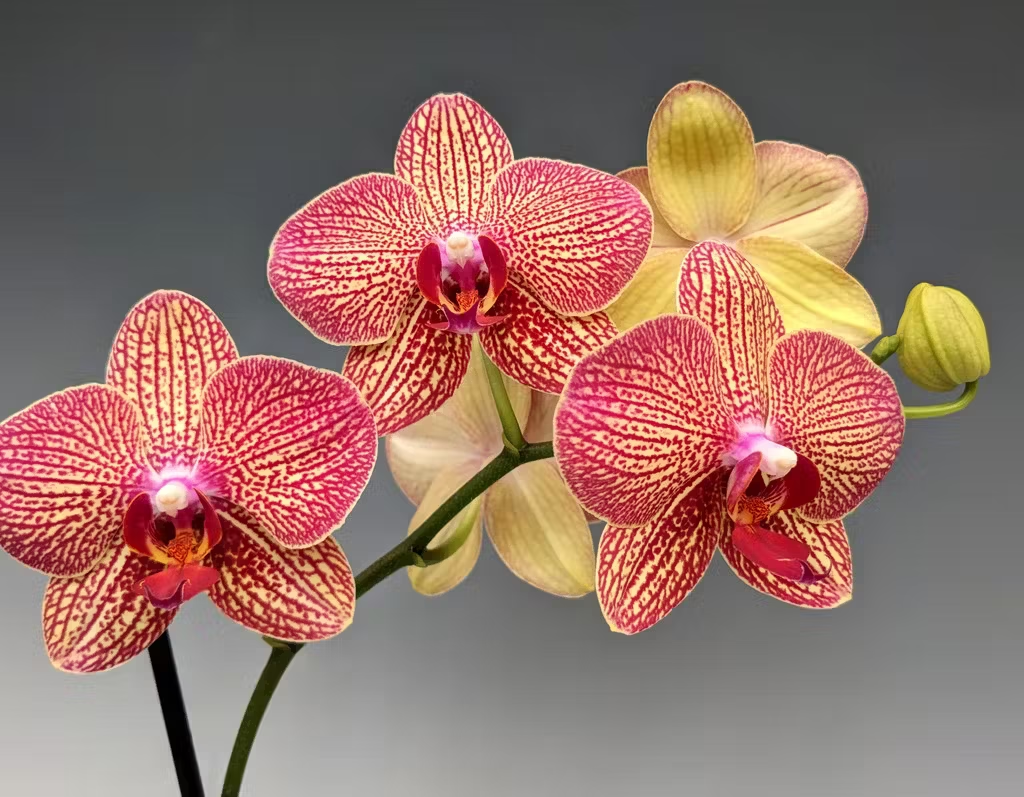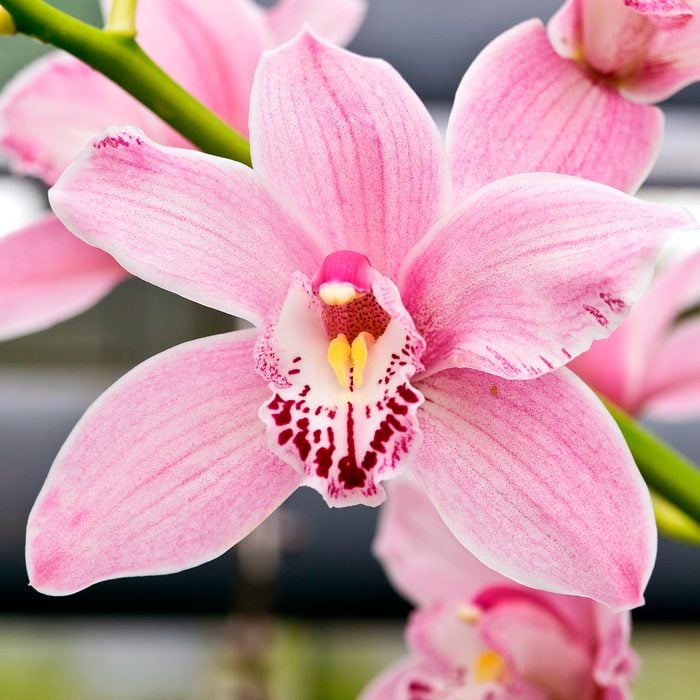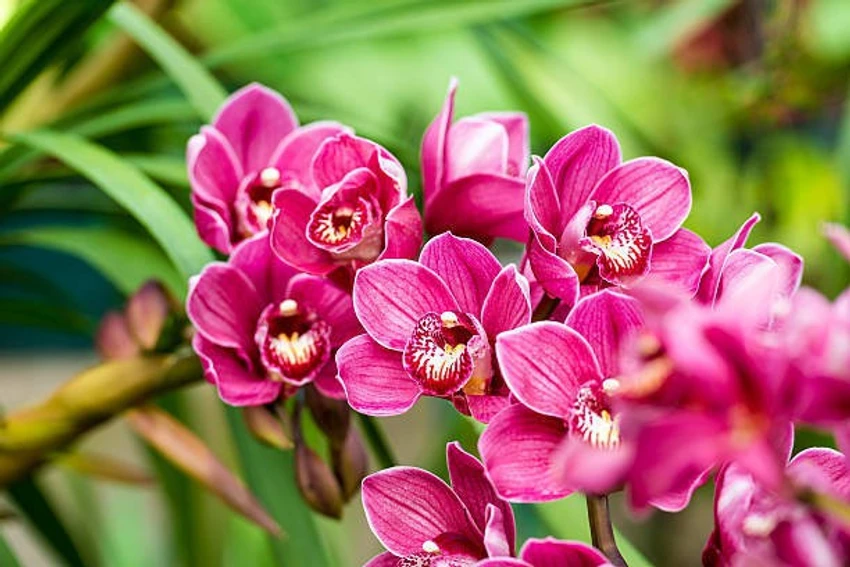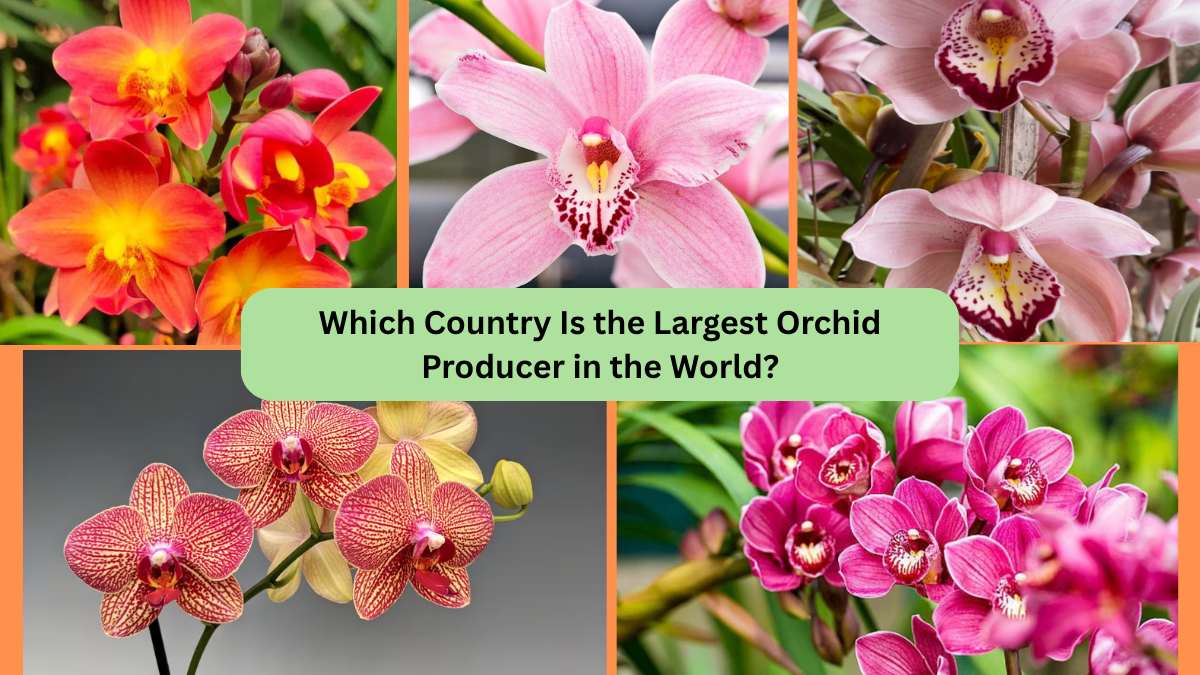Orchids are among the most exotic, elegant, and diverse flowers on the planet. Known for their unique, intricate blossoms and broad spectrum of colors, orchids have long been symbols of beauty, luxury, and love. With over 28,000 naturally occurring species and countless hybrids, orchids thrive in tropical rainforests, temperate woodlands, and even mountainous regions.
While native to regions around the globe, modern orchid cultivation is now a major industry. The question arises: which country is the largest orchid producer in the world? In this article, we’ll uncover the answer, explore why this country excels in orchid production, and discover the cultural, economic, and global trade significance of these remarkable blooms.
A Fascinating History of Orchids

Orchids belong to the Orchidaceae family — one of the largest flowering plant families in the world. Ancient civilizations, from the Greeks and Romans to the Chinese, revered orchids for their beauty and medicinal properties.
Orchid cultivation expanded dramatically in the 19th century, as European botanists collected rare species from Asia, South America, and Africa. Today, thanks to advancements in greenhouse technology, tissue culture, and hybridization, orchids have become widely accessible, both as potted plants and cut flowers.
Which Country Is the Largest Orchid Producer in the World?
When it comes to orchid production — whether for cut flowers, potted plants, or export — Thailand stands as the largest orchid producer in the world.
Key Facts:
- Thailand produces approximately 2.5 billion orchid stems annually, leading global production.
- It commands over 50% of the international cut orchid market.
- The country cultivates more than 1,000 commercial orchid hybrids, including globally famous varieties like Dendrobium, Vanda, Mokara, and Aranda.
- Thailand exports orchids to over 40 countries, with major markets in Japan, the United States, China, and Europe.
While other nations like the Netherlands, Taiwan, Singapore, and Colombia contribute to orchid production, none match Thailand’s scale, volume, or export dominance.
Why Is Thailand the Largest Orchid Producer?

Several reasons explain Thailand’s orchid supremacy:
Ideal Climate for Orchid Cultivation
Thailand’s tropical climate with high humidity, warm temperatures, and regular rainfall offers perfect natural conditions for growing orchids outdoors year-round. Regions such as Nakhon Pathom, Samut Sakhon, Ratchaburi, and Chiang Mai are famous for their orchid farms.
Rich Cultural Heritage
Orchids are deeply ingrained in Thai culture and economy. For generations, Thai farmers have cultivated orchids not just for export but also for domestic use in religious offerings, weddings, festivals, and royal ceremonies.
Advanced Breeding and Propagation Techniques
Thailand leads in orchid hybridization and tissue culture technology, producing millions of high-quality, disease-free orchid plantlets in laboratories before transferring them to farms. This guarantees consistency in flower quality, color, and shelf life.
Large-Scale Export Infrastructure
Thailand’s orchid farms benefit from well-developed logistics and export systems, centered around Bangkok’s flower markets and Suvarnabhumi Airport, allowing fast delivery of fresh-cut orchids to global destinations.
Major Orchid-Growing Regions in Thailand
| Region | Specialties | Notes |
|---|---|---|
| Nakhon Pathom | Dendrobium, Vanda, Mokara | Largest orchid-growing region |
| Samut Sakhon | Dendrobium, cut flowers | Key supplier for Bangkok markets |
| Ratchaburi | Mokara, Aranda, Oncidium | Known for high export volume |
| Chiang Mai | Native species, cool-climate orchids | Strong eco-tourism flower farms |
Other Notable Orchid-Producing Countries

While Thailand is the global leader, other countries play a significant role in orchid production, especially in cut flower and potted plant markets:
| Country | Specialties | Notes |
|---|---|---|
| Taiwan | Phalaenopsis (Moth orchids) | Major exporter of potted orchids to the U.S. and Europe |
| Netherlands | Phalaenopsis, Cymbidium | European leader in greenhouse-grown potted orchids |
| Singapore | Dendrobium, Aranda, Vanda | Pioneer of Mokara hybrids |
| Colombia & Ecuador | Cut orchids for U.S. and Europe | Significant exporters of tropical cut flowers |
How Orchids Are Grown and Traded
Cultivation
- Tissue Culture Propagation: Millions of orchid plantlets are grown in sterile lab conditions.
- Nursery Transplanting: Plantlets are moved to orchid nurseries or shade houses.
- Growth and Flowering: Orchids are nurtured for 6 months to 3 years, depending on the species.
- Harvesting: Cut flower orchids are harvested when blooms are at peak freshness for shipment.
Export and Distribution
- Orchids are carefully packed in humidity-controlled boxes.
- Shipped primarily via air cargo to markets in Japan, China, Europe, and the USA.
- High-value cut orchid stems and potted plants are also sold through international flower auctions like Royal FloraHolland.
Cultural, Economic, and Medicinal Significance of Orchids

Cultural Use
In Thailand and many Asian countries, orchids are revered for:
- Religious offerings at temples
- Wedding and festival decorations
- Royal floral arrangements
Orchids symbolize beauty, elegance, and spiritual purity in many traditions.
Medicinal Applications
In traditional Asian medicine, orchids have been used to treat:
- Respiratory conditions
- Skin inflammations
- Fatigue and fevers
Modern research continues to explore their potential health benefits.
Economic Impact
The orchid industry contributes over US$300 million annually to Thailand’s economy and provides employment to tens of thousands of farmers, exporters, and florists.
Challenges Facing Orchid Production

Climate Variability
Unpredictable weather patterns, drought, and extreme rainfall threaten orchid farms, particularly open-air operations.
Pest and Disease Management
Orchids are susceptible to pests like aphids, mealybugs, and thrips, as well as fungal infections. Continuous vigilance and integrated pest management are essential.
Market Price Fluctuations
Export markets face seasonal fluctuations, currency variations, and competition from emerging producers in Vietnam, India, and the Philippines.
The Future of Orchid Cultivation
- Sustainable Floriculture: Thailand is adopting eco-friendly cultivation techniques, including organic pest control and water-efficient systems.
- Breeding Innovations: Development of heat-tolerant, disease-resistant orchid hybrids with extended vase life is ongoing.
- Growing Global Demand: Rising affluence in China, India, and the Middle East is increasing international demand for luxury flowers like orchids.
- Eco-Tourism Opportunities: Thailand’s orchid farms, especially in Chiang Mai and Nakhon Pathom, attract tourists for farm tours, exhibitions, and flower festivals.
Conclusion
So, which country is the largest orchid producer in the world?
The clear and undisputed answer is Thailand.
With its ideal tropical climate, rich horticultural heritage, advanced propagation technology, and expansive export network, Thailand produces over 2.5 billion orchid stems annually, supplying more than half of the global cut orchid market. While nations like Taiwan, the Netherlands, and Colombia make notable contributions, none rival Thailand’s scale, quality, or market reach.
As global appreciation for exotic, elegant flowers grows, Thailand’s orchid industry is well-positioned to bloom brighter than ever — offering beauty, tradition, and economic prosperity to both domestic and international markets.



